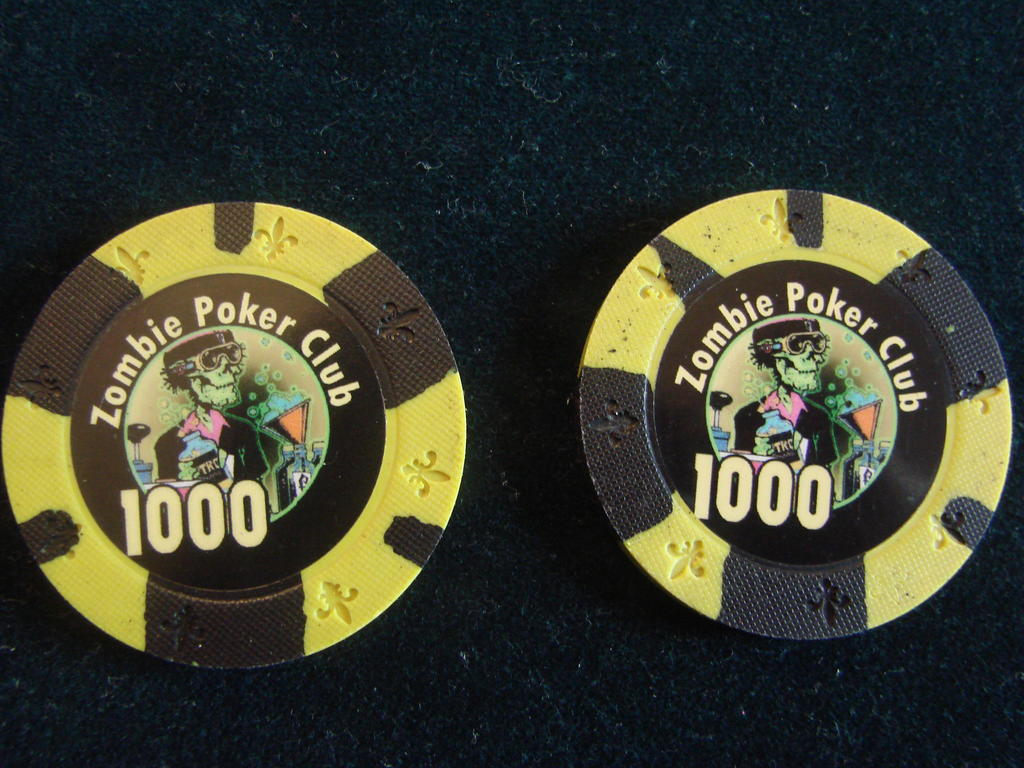The funny thing is, because CPC slides in a few extra chips "just in case" the error chips aren't bad, they're extra awesome.
My Zombie mutant chip:

It stays in play, not hidden away in the "extras" box.
That one is pretty cool.
Obviously with a more complex spot pattern we are going to make more than needed as there will be more rejects, so you have a chance of getting something like that thrown in.
So the secret is to order the most expensive spot patterns
